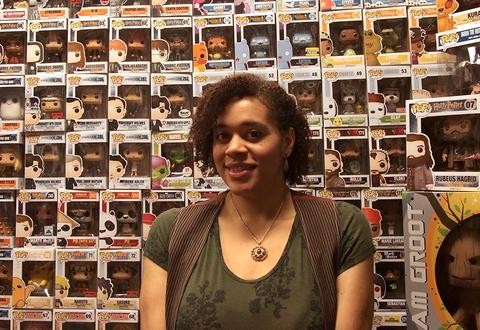
Tell us about your background! What led to your job at Funko?
I went to school to learn animation, but I knew going into the program I wanted to sculpt characters and maybe even sets and props. My dream was to work in stop motion animation, because the idea that I could make something real, that I could hold in my hands, really appealed to me.
After graduating, I heard through a schoolmate that Funko was looking, and though it wasn't the only toy company I had applied to, it was the company I was most enthusiastic to join. The whole application process was surreal; I emailed my application, got a response the same day, got the offer the day after my interview. It's been two and a half years and I haven't looked back since.
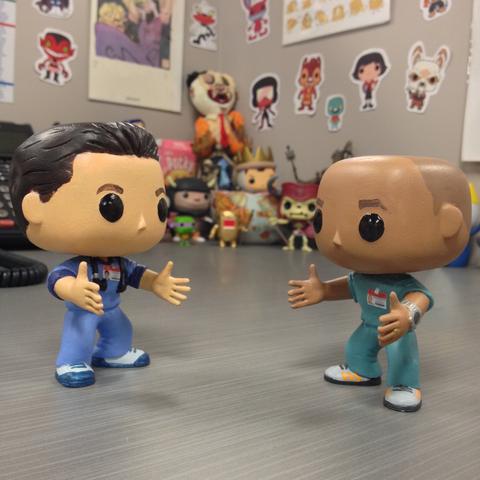
What are your biggest artistic influences and/or who are your favorite artists?
I decided to become an artist after discovering the behind the scenes featurettes from some of my favorite movies as kid. I remember, one day, I had let the VHS tape for Labyrinth keep running through the credits, and I was surprised to see that there was more, my eyes were glued to the TV watching how the film was made. Afterwards, I fast-forwarded through The Dark Crystal to see if there was a "making of" for that too, and there was! Eventually I developed an obsession with watching how my favorite movies were made, I'd even watch 3+ hour long Lord of the Rings featurettes before watching the films themselves.
I'm mostly into animation and comic artists Eyvind Earle, Mary Blair, Bill Waterson, Kent Melton, Damon Bard, Becky Dreidstadt, Cory Loftis, Fabien Mense, Aurelien Predal, Alessandro Barbucchi, Dice Tsutsumi, Erin Hunting, Kevin Dart, Chris Turnham, the guys that make up STEAKollective, etc. etc. (I could go on for ages). Also, I've always loved how Gustave Doré and JC Leyendecker applied their respective mediums.
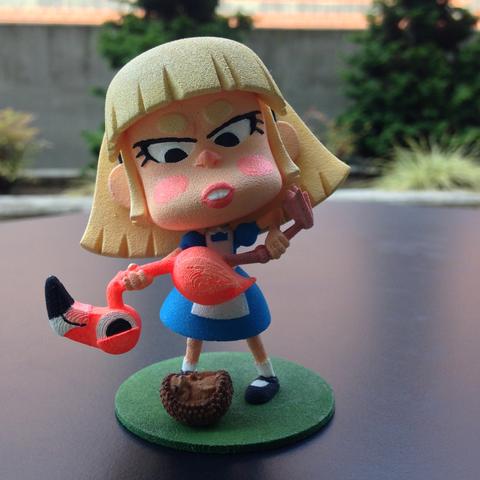
What are some of your favorite projects you have worked on at Funko?
One of my first projects was the Nightmare Before Christmas ReAction figures. That movie had been one of the films that inspired me to get into sculpting, and so I was thrilled to get to work on them, and then to hear that Burton himself reviewed them was an honor. Doctor Who, Harry Potter, Sesame Street, Sherlock, Star Wars, Wonka. . . I could keep going, but I'll stop there!
What programs and/or tools do you use most often?
Digitally, I do all of my sculpting in ZBrush, and when I design I go back and forth between Photoshop and Illustrator after sketching out the rough idea on paper.
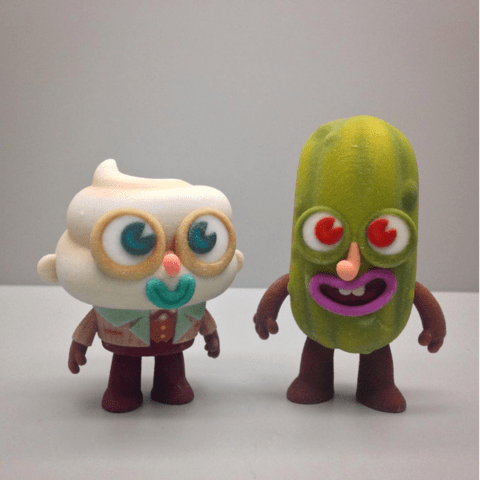
What is your dream project?
I've gotten to work on some of them already, like Doctor Who and Harry Potter (and I'll be working on a few unannounced projects over the next few months).
I would love to work on figures of the cartoon characters I grew up with in the 80's and 90's. Also, Coraline, ParaNorman, anything Studio Ghibli, Gravity Falls, Pan's Labyrinth, Jim Henson stuff, Princess Bride, Pee Wee's Playhouse, Pushing Daisies, Addams Family, more Beetlejuice, Cowboy Bebop, should I stop now? Cause I can keep going.
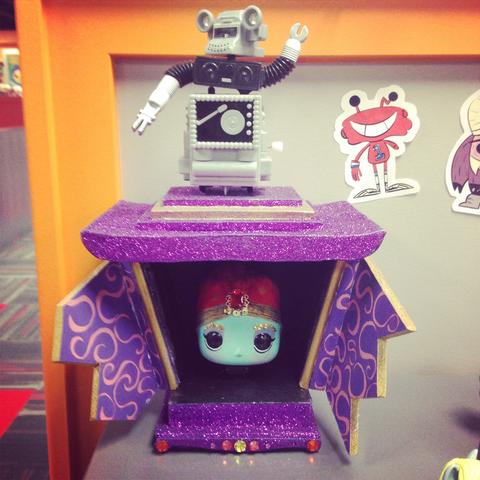
What do you collect?
I started collecting art books and children's illustrated books a few years ago, but I ran out of space on my bookshelf, so I've taken break from that until I have a bigger space. When it comes to toys, I don't have a specific thing that I collect. I tend to gravitate toward colorful, fun, wacky or weird stuff (and my favorite cartoon characters).
What is your favorite medium?
When I'm working in 3D I usually stick with ZBrush, and I've been playing around with 3D printing some of my original designs, though when I make customs I usually use polymer or epoxy clays. When I work in 2D I prefer plain old pencil and paper, though I have been meaning to get back into drawing with brushes and ink.
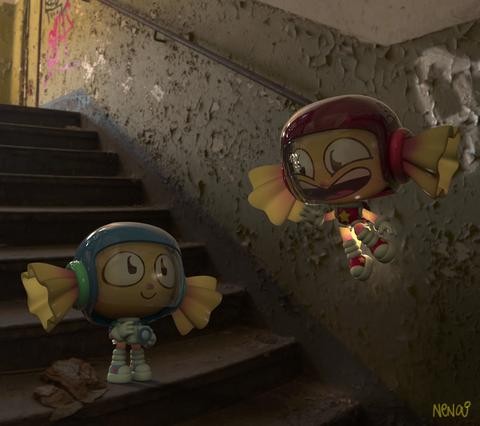
Any advice for aspiring toy designers?
If you're still in school, or looking to go into school, remember that what you get out of your education is what you put into it. Everything you need to know isn't going to be spoon-fed to you, every successful artist I know was hungry to learn and improve and they went out of their way to find more that what was handed to them. Also, don't limit the art you consume to a single style, artist, or media.
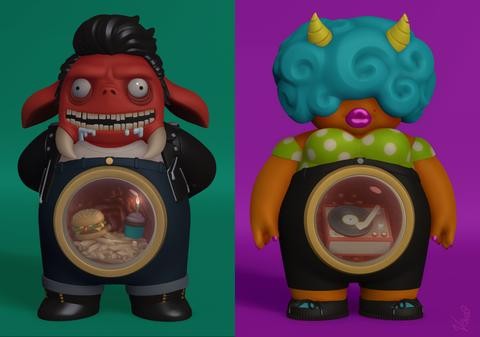






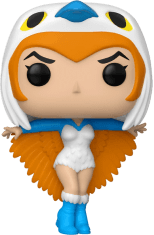

 Items in your cart may be affected with updated location.
Items in your cart may be affected with updated location.




































